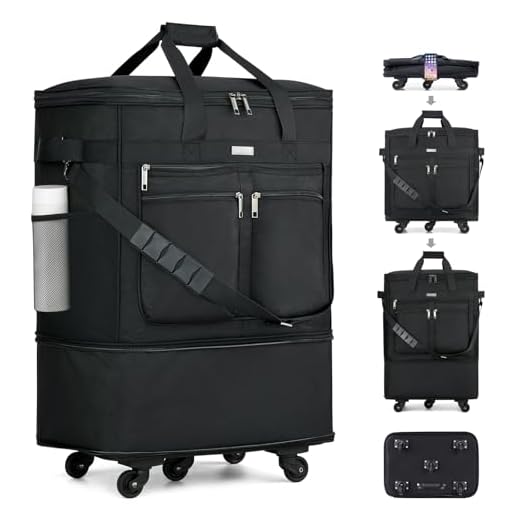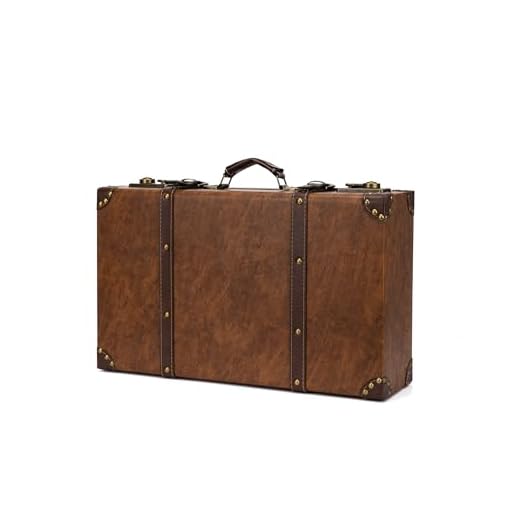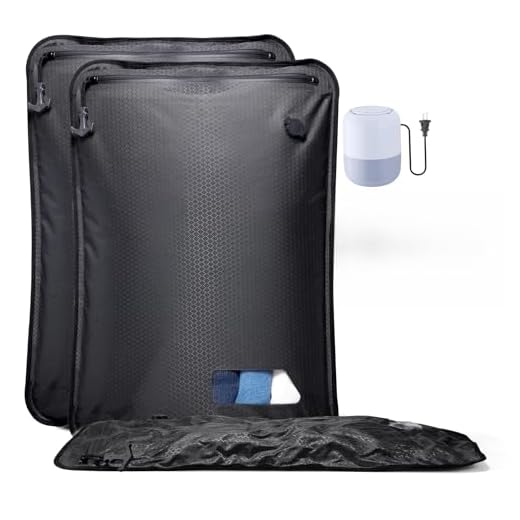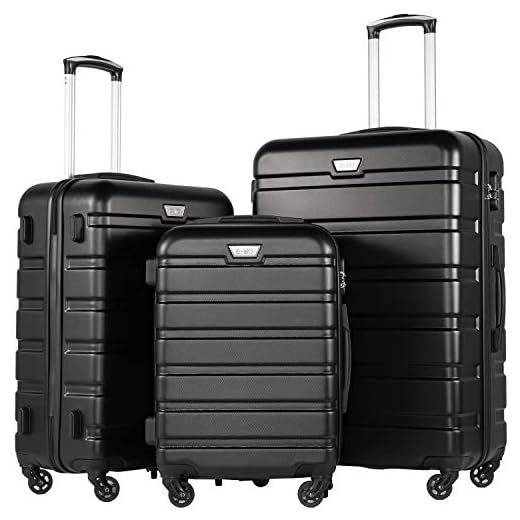



Fastest option: board the JR limited-express departing the main Aichi-prefecture station and arriving at the historic Hida town station. Typical run time is about 2 hours 20 minutes to 2 hours 30 minutes. Expect a one-way fare for a reserved ordinary seat in the range of ≈¥5,500–¥7,000 (prices vary by season and exact ticketing). Onboard storage includes overhead racks, vertical space near doors and luggage shelves at car ends sized for medium suitcases; reserve seats to guarantee a spot near those areas.
Coach alternative: highway buses leave the Meitetsu Bus Center and reach the Hida area in roughly 3 hours; fares commonly lie between ≈¥3,000–¥4,000 one-way. Large cases are stored in the underfloor hold and small personal bags stay with passengers; advance booking strongly advised during holiday peaks such as Golden Week, Obon and New Year.
Door-to-door forwarding: use takkyubin services (Yamato Kuroneko, Sagawa, Japan Post). Drop-off before mid-afternoon usually yields next-day delivery; typical charges for a standard 3-side-sum size are ≈¥1,200–¥2,800 depending on dimensions and distance. Label recipient name and arrival date clearly and confirm the ryokan/hotel will accept parcels on your intended arrival day.
Station storage and practical tips: large coin lockers exist at the main Aichi station but are limited in number and cost ≈¥500–¥1,000/day for bigger sizes. The Hida town station also has lockers but fewer units. For pieces exceeding combined dimensions of ~160 cm, arrange courier service or request help at a JR ticket office – very large items may be restricted on some reserved-seat cars. If using a national rail pass, present it at the JR office and get seat reservations at no extra charge to secure carriage space for bags. Choose car-ends when boarding to access the most floor space for suitcases and arrive earlier on holiday dates to avoid full-capacity trains.
Transit between central Aichi and Hida – practical baggage guidance
Send oversized suitcases ahead via Yamato (takkyubin) and board the JR Limited Express Hida carrying only a small daypack for passports, electronics and one change of clothes.
Timetable and seat advice
Typical running time on the Limited Express Hida is about 2 h 20 min; several departures operate during daytime, roughly every 1–2 hours. Reserve a seat to guarantee an overhead rack and avoid standing; reserved-seat tickets require an express surcharge plus a seat reservation fee (total normally ranges from several hundred to a few thousand JPY depending on class).
Options for bulky items
Courier: Yamato and Sagawa offer door-to-door delivery based on the sum of dimensions (60/80/100/120/140/160 cm). Expect rates for 100–140 cm boxes to be roughly ¥1,200–¥2,500 within Honshu and next-day delivery to most urban hotels; same-day service may be available at a premium. Ask the hotel to hold incoming parcels – many accept takkyubin free or for a small handling charge. If you must ship household-type items, consult practical shipping guides such as best cordless lawn mower with mulcher to estimate packaging and costs.
Station storage: Major stations along the route offer coin lockers (small ~¥300–¥400, medium ~¥500–¥700, large ~¥700–¥900). Locker count at smaller Hida-area stations is limited; plan alternative storage or courier drop-off on high-season dates.
Packing tips: keep valuables and medication in a compact daypack – low-capacity, ergonomic models work best for long platform walks (see compact options: best backpack for kindergarteners). Use soft-sided cases where possible: they fit into overhead racks and vestibule areas more flexibly than rigid trunks.
At-station handling: place large cases parallel to car doors to avoid blocking aisles, label every item with name and contact number, and allow extra time for boarding during peak travel periods or holiday weeks.
JR Hida Limited Express: baggage size rules, overhead racks and oversized-baggage reservation
Reserve an oversized-baggage slot whenever the sum of length + width + height exceeds 160 cm, or when any single dimension is greater than 160 cm; otherwise use overhead racks or the designated car-end storage area.
| Measured size / weight | Recommended action |
|---|---|
| Total ≤ 160 cm and weight ≤ 30 kg | Use overhead rack or place near seat; no reservation required. |
| Total > 160 cm and ≤ 250 cm | Purchase oversized-baggage reservation (fee ~1,000 JPY per item on many services); stow in reserved zone at car end. |
| Any single dimension > 160 cm | Same as previous row: oversized reservation needed; staff guidance required for boarding. |
| Weight > 30 kg | Ask station staff at ticket office for handling support; may be refused if unsafe to stow. |
How to measure: lay suitcase flat and add length + width + height. Use centimeters; include protruding handles and wheels. If the result is 161 cm or above, book an oversized slot before ticket validation.
Reservation channels: staffed ticket counters (Midori no Madoguchi), ticket machines that offer seat selection, the official rail company web portal or phone service. Onboard requests for oversized placement are often denied during peak periods.
Overhead rack practical limits: best for items up to ~100 cm long, 30–40 cm high and under ~15 kg. Place soft or flexible bags on top racks and hard-shell suitcases in the car-end space; position wheels against the wall and secure straps so aisles remain clear.
At boarding: present the reservation receipt if an oversized-baggage slot was purchased; staff may direct you to the correct car and position. Arrive 10–15 minutes early to avoid blocking doors during boarding.
If weather gear is part of the baggage plan, carry a compact umbrella – see best umbrella brand in kolkata – stored inside a carry bag that fits overhead racks to free floor space.
Highway buses (Meitetsu and others): underfloor baggage limits, fees and boarding process
Recommendation: reserve underfloor space at the time of booking for every second or oversized bag; most operators include one standard checked piece per seat only.
Size rules commonly use total linear dimensions (length + width + height). Typical cutoffs: 160–200 cm combined for a standard checked piece; items exceeding ~200 cm or heavier than 20–25 kg are treated as oversized and usually need advance arrangement.
Typical fee ranges: an extra checked piece usually costs 300–1,000 JPY; formal oversized handling or special reservation fees commonly run 1,000–2,500 JPY. Some companies will refuse items that clearly exceed compartment dimensions instead of accepting them for a higher fee.
Booking: declare the number and type of bags on the online reservation form or tell the agent when buying tickets. If an oversized item is involved, use the operator’s dedicated reservation channel or phone line–online purchase alone may not guarantee acceptance.
At the terminal: check in at the boarding gate and present your ticket; staff will inspect, tag (seat number or ticket) and stow underfloor items. Keep passports, cash, electronics, medication and fragile items inside carry-on that remains in the cabin.
Boarding timing and stowage rules: gate closure often occurs 10–15 minutes before departure; late arrivals risk losing reserved underfloor space. Underfloor capacity is finite and sometimes allocated first-come-first-served even after purchase, so early arrival is practical when transporting bulky pieces.
Operator-specific notes: Meitetsu typically includes one checked piece per seat and asks passengers to indicate extra items when reserving; regional operators (Nohi, Willer, etc.) have similar baseline rules but differ on exact size/weight cutoffs and fees–always read the operator’s baggage policy page for the bus you booked.
Practical checklist: measure and weigh each piece; photograph oversized items; declare them during booking; pack valuables in a cabin bag; bring payment for possible extra fees; arrive at the terminal 20–30 minutes before departure to ensure stowage and tagging.
Takkyubin suitcase forwarding: sending a case between Aichi hub and a Hida mountain city – delivery timing
Use Yamato TA-Q-BIN (Takkyubin) door-to-door service and drop the suitcase at a Yamato counter, service center, or participating convenience store by 18:00 to expect next-business-day delivery to most city addresses in the Hida area; allow an additional day for remote mountain addresses or during national holidays.
Size and weight limits: standard maximum is 160 cm (sum of length + width + height) and 25 kg. Items exceeding either limit require advance arrangement with the carrier; special oversized handling must be reserved at a service center and may incur extra charges or refusal at drop-off.
Typical fees for a single suitcase within central Honshu range roughly JPY 1,200–2,500 depending on size category and whether time-specified delivery or refrigerated/fragile service is requested. Cash-on-delivery and card payment options are available; COD handling attracts an additional fee (check current tariff on the carrier site).
How to prepare: secure loose handles and wheels, add internal padding for fragile contents, place the suitcase in a cardboard box if items are breakable, and attach a printed address label in Japanese including postal code and a local phone number. Keep the receipt with the tracking number until delivery is confirmed.
Drop-off and pickup options: staffed Yamato counters at major stations and official service centers accept TA-Q-BIN; many convenience stores also accept drop-offs (confirm carrier support at the outlet). Hotels will usually arrange a pickup from the front desk–request pickup by noon for reliable next-day delivery. Time-slot delivery options (morning, afternoon, evening ranges) are available for an extra fee.
Delays and insurance: expect delivery delays during Golden Week, Obon and year-end/New Year peaks; rural mountain locations commonly add +1 day. For valuables or high-value electronics, declare value and purchase the carrier’s declared-value coverage; file claims with the tracking number and original receipt if a problem occurs.
Station storage and coin lockers: locations, locker sizes and overflow options at the central JR hub (Aichi Prefecture) and the mountain-city station (Gifu Prefecture)
Store small and medium bags in coin lockers near main gates; for large suitcases use the staffed left-baggage counter or arrange courier pickup in advance.
Central JR hub (Aichi Prefecture)
- Primary locker locations: central concourse close to the main ticket gates, Shinkansen transfer corridor, near private-railway (Meitetsu) entrance, and multiple spots in the underground shopping arcade. Most areas show a locker map on station signage.
- Typical locker sizes and prices:
- Small: ~34 × 34 × 57 cm – ≈ ¥300 (suitable for backpacks, small daypacks)
- Medium: ~34 × 44 × 57 cm – ≈ ¥400 (carry-on-size bags)
- Large: ~57 × 44 × 57 cm – ≈ ¥600 (standard checked-size suitcases)
- Extra-large/tall: ~114 × 44 × 57 cm or vertical lockers – ≈ ¥800–¥1,000 (rare; only at selected locker clusters)
- Payment and access: many machines accept 100‑yen coins and IC cards (Suica, Pasmo); some clusters offer electronic reservation via local locker apps.
- Overflow options at the hub:
- Manned left-baggage counter on the main concourse accepts oversized items and odd-shaped gear for a fee; ask station staff for exact counter location and hours.
- Commercial locker-reservation services and shop-based bag storage (app-based) provide pre-bookable spots near the station.
Mountain-city station (Gifu Prefecture)
- Locker locations: a handful of coin lockers outside the entrance plaza and a small cluster inside the station building; signage is limited, so check immediately on arrival.
- Typical locker sizes and prices:
- Small: ~34 × 34 × 57 cm – ≈ ¥300
- Medium: ~34 × 44 × 57 cm – ≈ ¥400
Note: large and extra-large lockers are scarce or non-existent at this station.
- Overflow options at the mountain-city stop:
- Tourist information desk or station office will occasionally accept bags for short-term storage; availability varies by season – confirm on arrival.
- Local hotels often accept same-day drop-offs for guests; non-guests may be refused, so call ahead.
- When lockers are full, use courier pickup scheduled for either same-day evening or next-day delivery as a backup.
Practical tips:
- Measure suitcase dimensions before attempting a locker; if the sum of length+width+height exceeds ~160–170 cm it likely will not fit standard coin lockers.
- During holiday weekends and peak daytime hours locker occupancy can exceed 80%; have a backup plan: station office, hotel storage, or courier booking.
- Avoid leaving valuables in any unattended locker; use the staffed counter for higher-value items when possible.
- Check station websites or ask staff for current locker maps, machine payment types, and staffed-counter hours before planning onward movement.
Moving between platforms and exits carrying large suitcases: elevators, ramps and typical walking routes
Prioritise elevator-equipped gates and allow an extra 10–20 minutes for transfers when managing large suitcases.
Elevators are usually marked by a wheelchair or lift icon on station maps and placed at main ticket gates, at one or both ends of long platforms, and at major concourse intersections; follow blue or green accessibility signs to locate them quickly.
Ramps often provide step-free alternatives where elevators are absent; standard slope ranges at public stations are roughly 1:12–1:15, so ramp routes can add distance but avoid steps and escalators.
At smaller regional terminals an island platform may be reached via a level crossing (track-level walkway) rather than an overpass; level crossings are narrow and may require waiting for barriers to open, so factor that into transfer timing.
Avoid using escalators for big rolling suitcases: many stations forbid large items on moving steps and the risk of tipping or blocking is high. Use elevators or ramps, or ask staff for short-term assistance if available.
Typical station elevator car sizes usually allow one large wheeled case plus a person standing beside it; very large hard-shell cases or multiple bags can make boarding awkward–if unsure, step aside and wait for the next car or request help at the nearest information desk.
Approximate walking figures to plan time: small stations 50–150 m between gate and platform (1–3 minutes at reduced wheeling speed), medium terminals 150–300 m (3–6 minutes), major hubs 300–600 m or more (6–12 minutes). Reduce expected walking speed to about 50–80 m/min when pulling a heavy case.
Practical handling tips: wheel cases forward on inclines for better control, keep handles retracted when passing through narrow corridors, position the case against the wall on crowded concourses, and use the elevator center to balance during movement.
If transfer windows are tight, consult station staff on arrival about the fastest step-free route; staff can point out seldom-used elevator shafts, side exits, or temporary arrangements that cut walking distance.
Booking and seat-choice tips for bulky baggage
Reserve a seat in advance and choose an aisle seat at the car end near the vestibule; that placement creates the largest usable floor patch for a large suitcase and speeds boarding and exit.
Book through the official rail reservation portal, ticket machine or staffed counter (Midori-no-Madoguchi); when an online form offers an “oversize” option, select it or tell the agent the exact dimensions and weight so the correct car and seat can be assigned.
When a service shows a seat map, pick a seat in the same car as any marked oversized-baggage area or bicycle/ski storage spaces. If no explicit area exists, opt for seats with unobstructed floor space beside the door, or window seats where a hard-case can be stood upright and secured against the wall.
For highway coach bookings, check the operator’s underfloor compartment size limits before purchase and reserve as early as possible; choose a seat near the nearest exit door if a quick transfer is planned, and request a luggage tag for checked items so the ground crew places the case in the correct bay.
Arrive 20–30 minutes early at the platform or bus bay to allow staff to load a large case without delaying departure; hand the driver/conductor a short description of the item (dimensions and weight) and, if available, show the booking reference that notes oversize handling.
Carry a small daypack for documents and valuables only; use straps or a luggage net to stabilise a suitcase in vestibule space, avoid blocking aisles or emergency doors, and keep the reservation receipt or boarding ticket visible so staff can verify permitted storage locations during checks.








